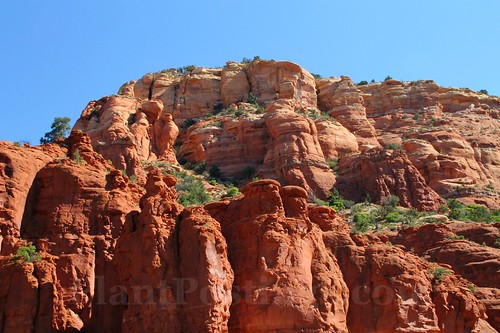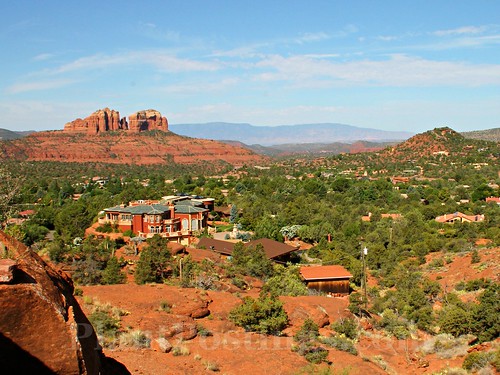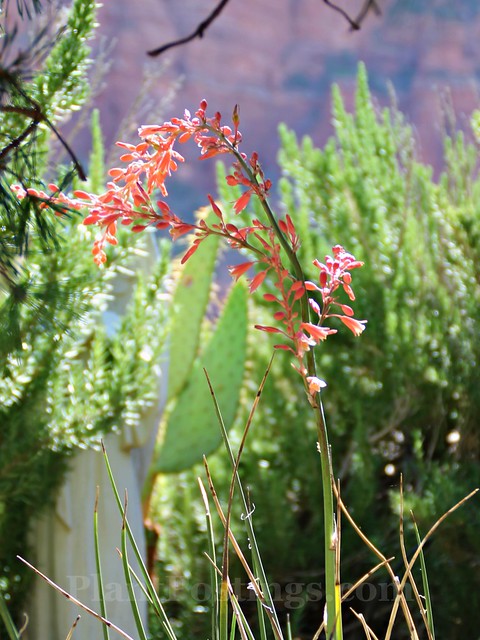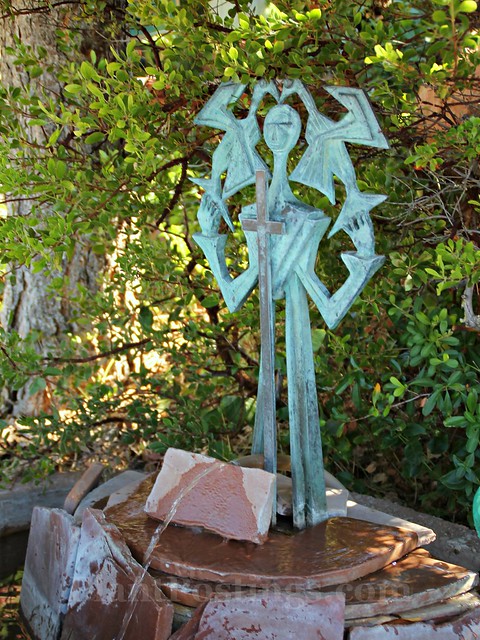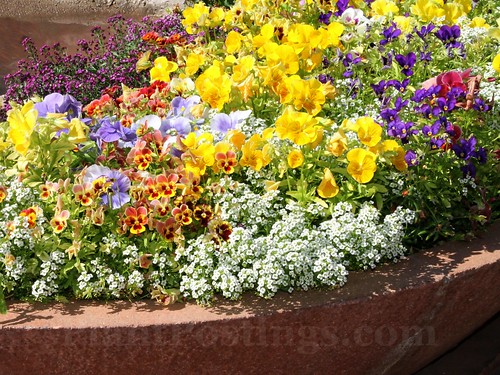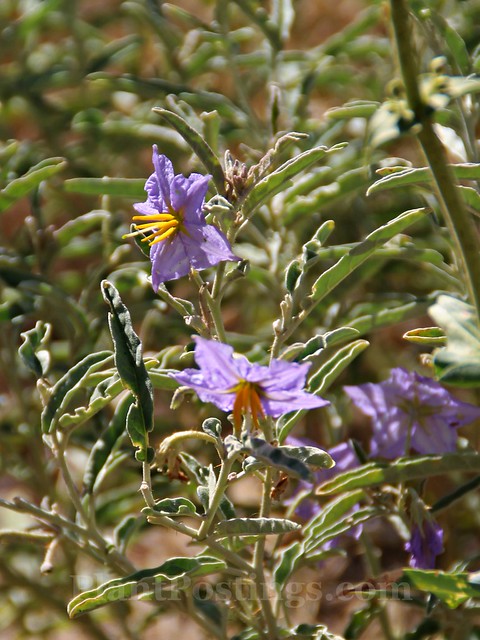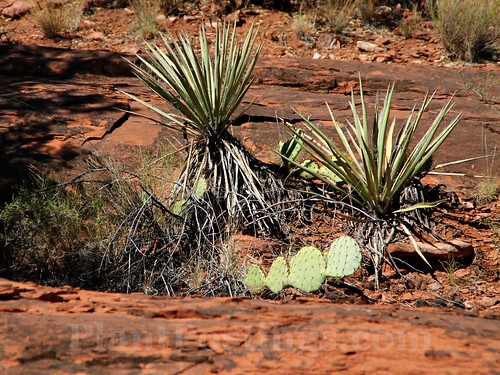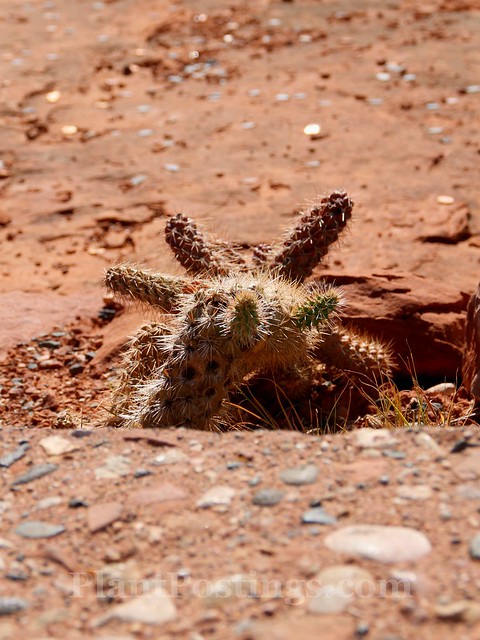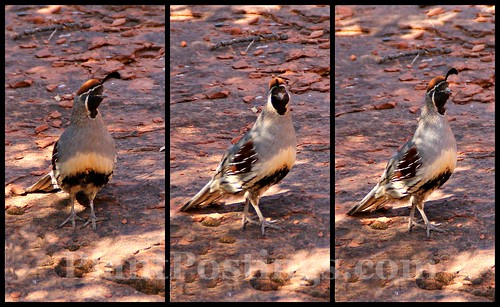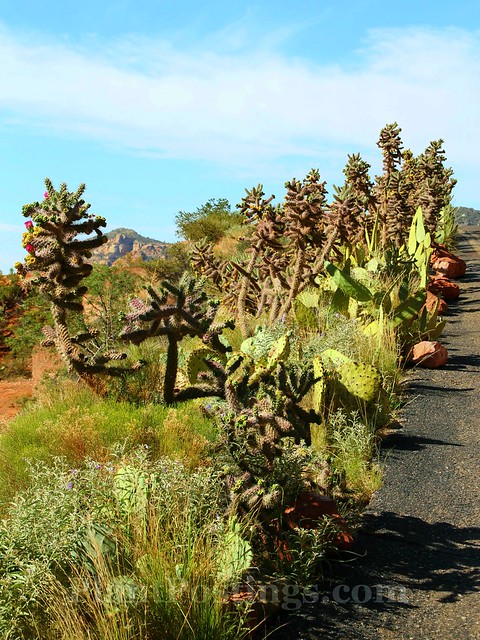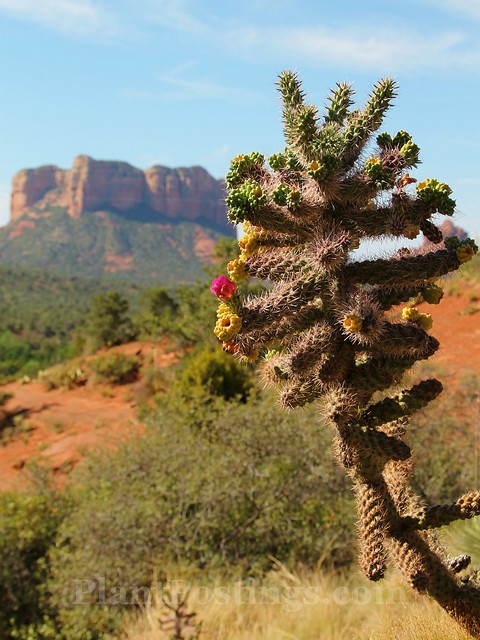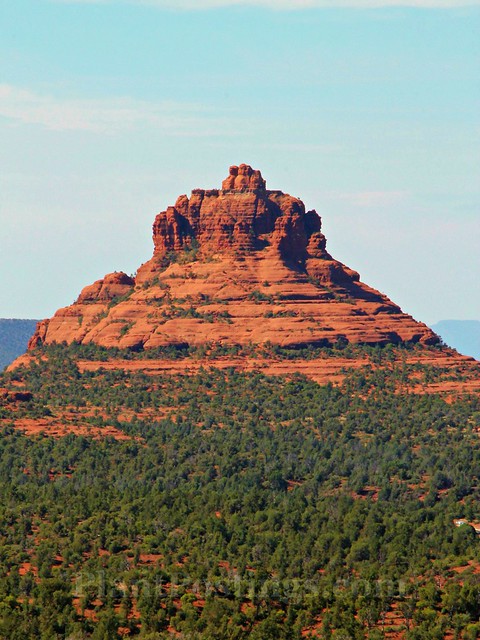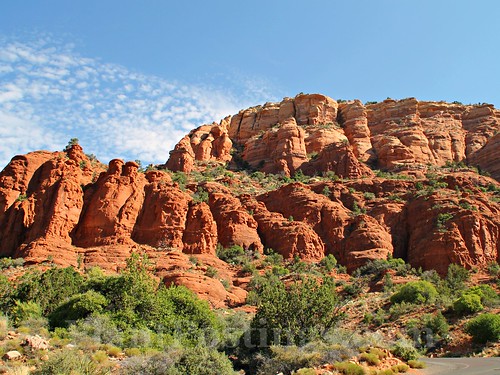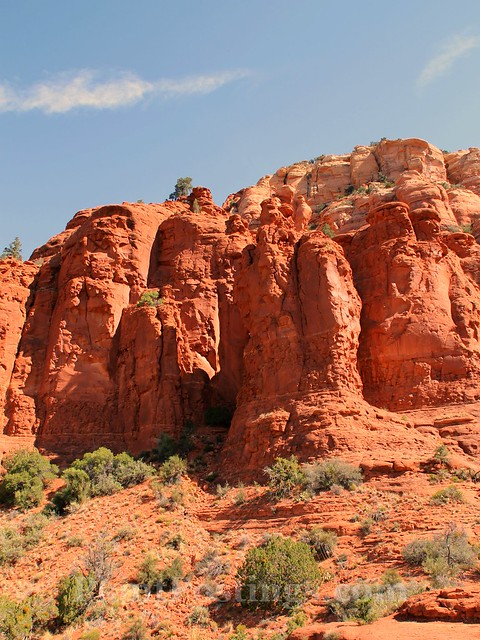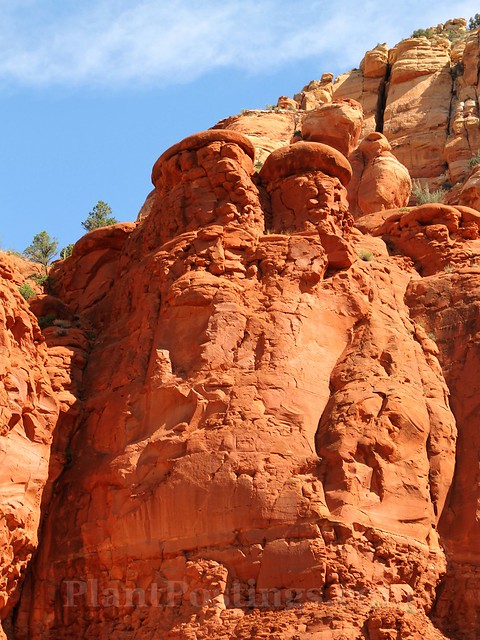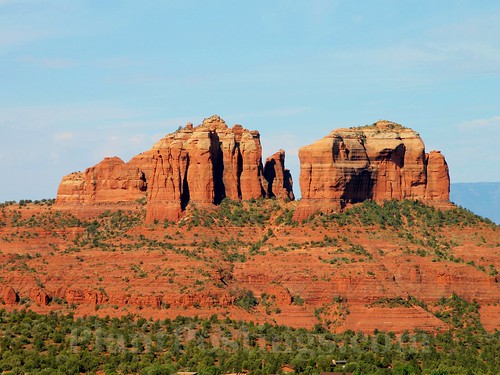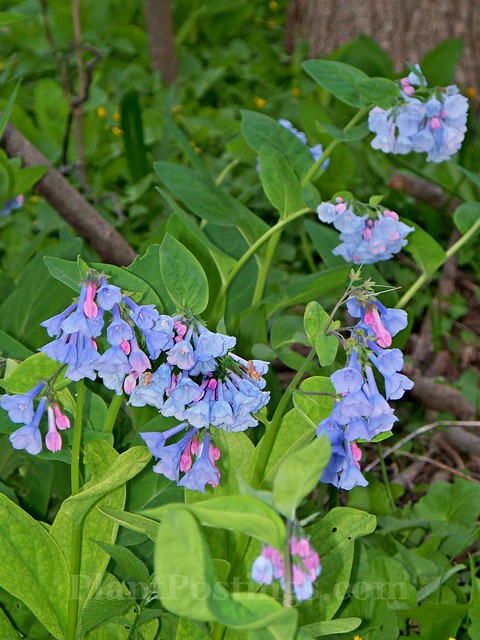
It's Wildflower Wednesday, and of course there are no wildflowers blooming in my USDA zone 5a garden in January. In fact, this plant has never bloomed in my garden.
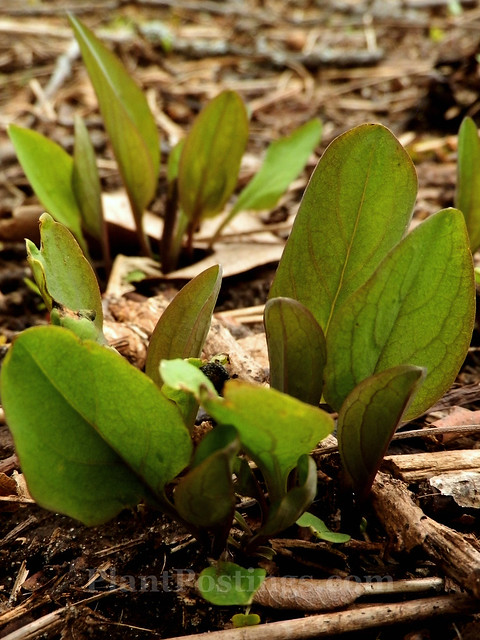
I planted Virginia Bluebells (Mertensia virginica) from seed in the fall of 2013. Every year, I find more plants along the edge of our little woodland, but after five years, they haven't bloomed. Perhaps the rabbits are eating the tiny buds before they have a chance to flower, though I've read it's a rabbit-resistant plant.
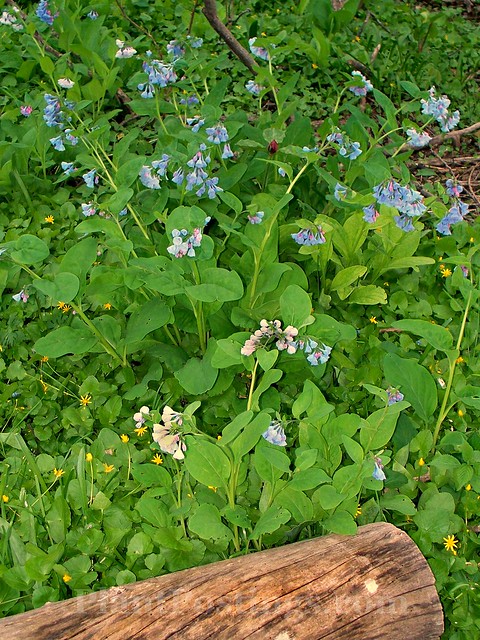
I won't give up, because I'm hoping eventually they'll colonize among the Trilliums, Bloodroot, Spring Beauties, and the other spring ephemerals. Virginia Bluebells are native here, and I've seen them many times in nearby forests, parks, and nature centers.
Virginia Bluebells are native to much of eastern North America--from Maine and Georgia westward through Minnesota and Kansas, according to the Lady Bird Johnson Wildflower Center.
The plants emerge in early spring, and often have a slight reddish tinge to the foliage until they grow larger. Maximum height is about two feet. In the wild, they grow in moist woods and clearings and along river edges. They prefer part shade or full shade and rich soil. Buds begin pink and open to an exquisite blue, for which photos simply can't do justice.
Will this be the year Virginia Bluebells bloom in my woodland garden? Time will tell. Until then, I'll dream about them and look forward to seeing them somewhere nearby as winter fades to spring.
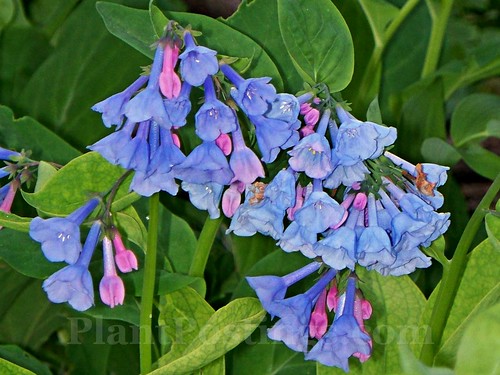
I'm linking this post to Gail's Wildflower Wednesday meme at Clay and Limestone. Head on over to learn about other wildflowers in gardens and wild places around the world.

